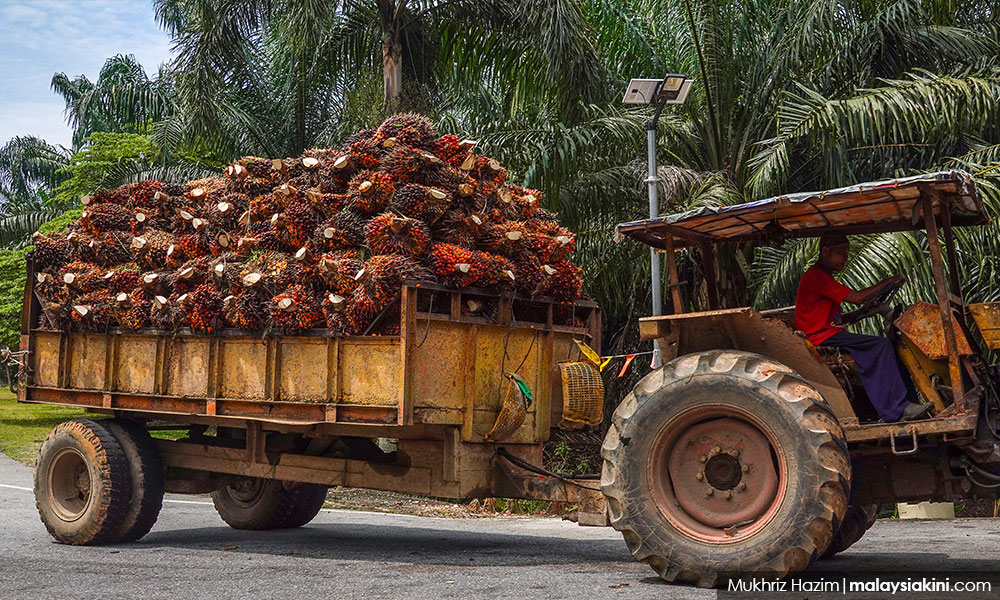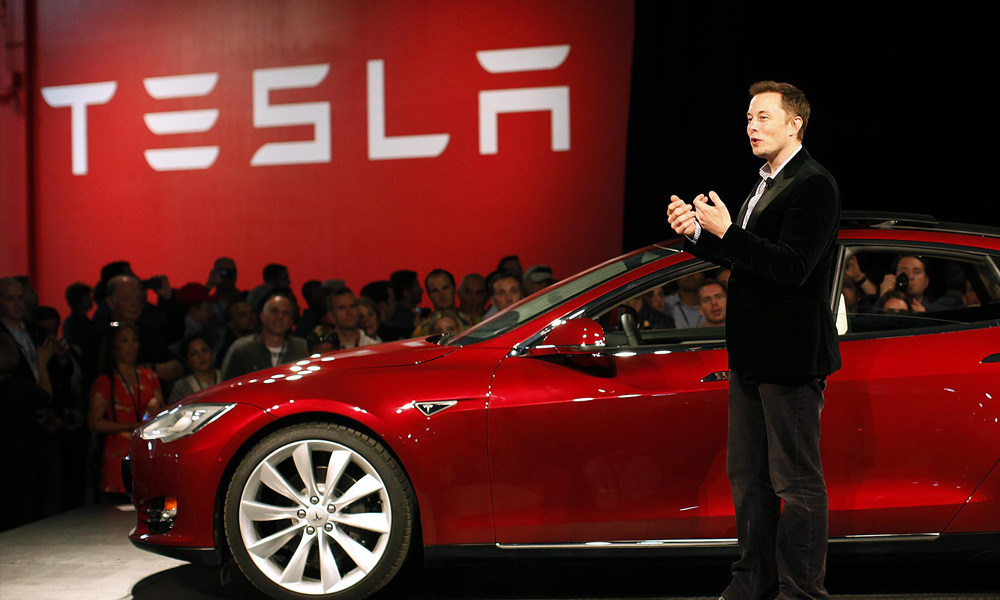In an earlier article, I started looking into the challenges faced by the move towards greater sustainability in the Malaysian context, by leaning away from the individual and towards larger agents: in this case capital and the private sector.
Here, I shift the focus back to the individual again, but in this case, the subject of the interview is Peter Yee, Executive Director of AMG Asset Management Sdn Bhd, who kindly agreed to speak in greater detail on the subject of renewable energy (RE), in particular the business and investment aspects – where we are now, and where we are going.
An edited and condensed transcript of our interview follows below.
WT: Could you comment a bit more on how successful the Sustainable Energy Development Authority (Seda) has been in changing the situation on the ground with regard to RE, and whether this extends to other government departments or agencies?
PY: What I can say is that initially, it was mostly the engineering and technical people who saw an opportunity and were the first to jump into RE, in areas such as the solar business, biodiesel, biogas, biomass, and small hydro - specifically mini-hydro projects, with a less than 30-megawatt capacity).
A few companies from the pioneer batch are listed on Bursa Malaysia, and now public-listed and private companies are getting into this game because they realise this is the future.
WT: What kinds of RE projects can be operationalised in Malaysia?
PY: Besides solar, which is the easiest type of RE to operationalise technically, mini-hydro projects are probably the next most popular, but you can’t see them as much because they are all in the jungle.
Not wind – apparently some experts have studied the feasibility before and realised that even on our South China Sea coast, the wind is not strong or consistent enough to make this economically viable, which depend on a certain minimum wind speed to turn the blades, and the number of hours it can operate per day, unlike in the North Sea or even Vietnam.
After mini-hydro, we have biomass and biogas, where the biggest problem is raw material. The government is aware that we have a lot of agricultural waste, but the problem is securing the raw material from the various farmers.
Some private palm oil mills are generating their own biomass as a side business, rather than expecting an independent investor to come in. Meanwhile, solar doesn’t really have supply chain problems except in manufacturing.

WT: Would generating electricity through solar energy in individual households be prohibitively expensive?
PY: They are not too bad because the cost of solar has come down. If you are consuming a lot of power every month, it’s worth it in the long run. There are also companies that can arrange for financing, so you don’t need to pay your own installation: every month, you just pay them a portion of your savings. This is quite common in the corporate world, which finances solar power for companies or warehouses, and shares the savings with the site owner.
WT: Moving back to biofuels, I suppose we would have to take into consideration the emissions caused by burning them.
PY: Although the source of energy is renewable, unlike oil and gas, the fact is that you are still burning them in your combustion engines. There are two sides to consider with renewable energy and sustainability: (1) the end-user and (2) the supply chain.
Using solar as an example, this means also considering the mining of raw materials, the refineries to process those materials, and the manufacturing processes.
Not all types of RE are the same. Nobody has really calculated which form of RE is actually the most sustainable in the long run. We need more studies in this area. The industry tends to ignore these kinds of things, but I hope that some technical guys can calculate the differences.
By that measure, buying a Tesla might not actually be so great – there’s still a 300kg lithium battery inside, and in addition to mining, you must consider the electricity used to recharge the vehicle since it still comes from the grid – in the United States, for example, less than 10 percent of the energy mix is RE: most of it is dirty, like coal.
Here, the efficiency of power comes into play. Is it better to use electricity from a gas or coal plant, or to just go to Shell? Someone needs to calculate the energy efficiency ratio.

WT: With all the discourse of “building back better”, do you see any actual change on the ground with regard to RE? Do you think we are being left behind with regard to trends elsewhere in the world?
PY: The Malaysian government is actually quite in tune with what is happening in the world, and there are always trends that we follow, it’s just a matter of time. It’s not difficult to read the Wall Street Journal or the New York Times.
When it comes to attracting foreign direct (sustainable) investment, those which consider green energy and manufacturing would involve high-end factories, the kind that anybody in the world would want.
The people in your factories would be highly trained machine operators, not low-level workers in the typical manufacturing industries in Malaysia. This is where we must slowly move up the value chain as to the type of industry we want in this country.
I heard there are three companies in Malaysia making solar panels, and we should consider other things like hybrid or electric vehicles. Tax incentives are the simple solution, but this should be in exchange for high-paying jobs and collateral benefits for the entire supply chain, for your supporting industries, suppliers, hotels, and restaurants.
WT: What effects would you see for Malaysians on the ground, particularly the workforce?
PY: Post-Covid, a lot of people would have closed shop or are struggling, so we really need to look at how to bring in more investment while creating jobs that people actually want, and not the dirty, dangerous, and demeaning kind.

This ties in with another problem: a mismatch between graduates and the market. We need to work with universities and vocational colleges: training solar installers or engineers, for instance. We should be focusing on sustainable engineering: there’ll be a lot more jobs in this sector going forward.
Japan and Germany have good educational programmes and apprenticeships that give you work experience at the same time, and there is a lot we can learn from them.
I speak for the private sector when I say that as part of our corporate social responsibility efforts, companies should take in interns and fresh graduates, and not just workers with experience. If not, how on earth do fresh graduates ever get a job? But a lot of the big companies in Malaysia are actually government-linked companies (GLCs), so maybe they can lead by example.
WT: Would you see the difficulties in coordinating various parties as a barrier in your work?
PY: Promoting sustainability would be one of the main functions of Seda, if I understand correctly. Of course, they don’t have power over all other ministries, so a lot of coordination must be based on consensus-building, between ministries and the private sector.
But I think every company and industry should also have a sustainability department, like how some large banks have an environmental, social, and governance (ESG) department, rather than relying on government efforts, which we tend to do a lot in Malaysia.
By incorporating ESG into your operations or investment criteria, by divesting from companies that are not compliant with the department, for example, over time, more people will follow this. The price earning ratio for oil and gas companies will drop over time as more big firms divest and fund managers don’t touch them anymore.
There is actually a group of investment fund managers for this kind of thing, which will actually pressure their portfolio companies into becoming more ESG-compliant, rather than ignoring it and waiting for your investors to sell your shares before you start waking up.
Big Malaysian public-listed companies, especially, need to wake up to this reality when it hits the Malaysian stock market soon.
WT: To close off, how do your personal beliefs play into your work?
PY: Climate change is real, and we can see it in the flooding happening in Germany and China, for example. For the sake of ourselves and the earth, we all should do our part, according to our ability and talents.
I happen to be a private equity firm manager, and so my work provides an opportunity to create a dedicated investment fund for RE. We have these kinds of funds in Singapore and Japan so, hopefully, we can be one of the pioneers in creating a dedicated clean energy fund.
Note: Seda was a standalone agency under the Malaysian Science and Technology Information Centre (Mastec) when it was founded in 2011, but now it is under the Ministry of Energy and Natural Resources. - Mkini
WILLIAM THAM WAI LIANG is an editor at large for Wasifiri. His new novel, The Last Days, is set in 1981 and covers the continuing legacy of the Emergency. His first book, Kings of Petaling Street, was shortlisted for the Penang Monthly Book Prize in 2017.
The views expressed here are those of the author/contributor and do not necessarily represent the views of MMKtT.



No comments:
Post a Comment
Note: Only a member of this blog may post a comment.